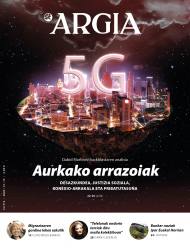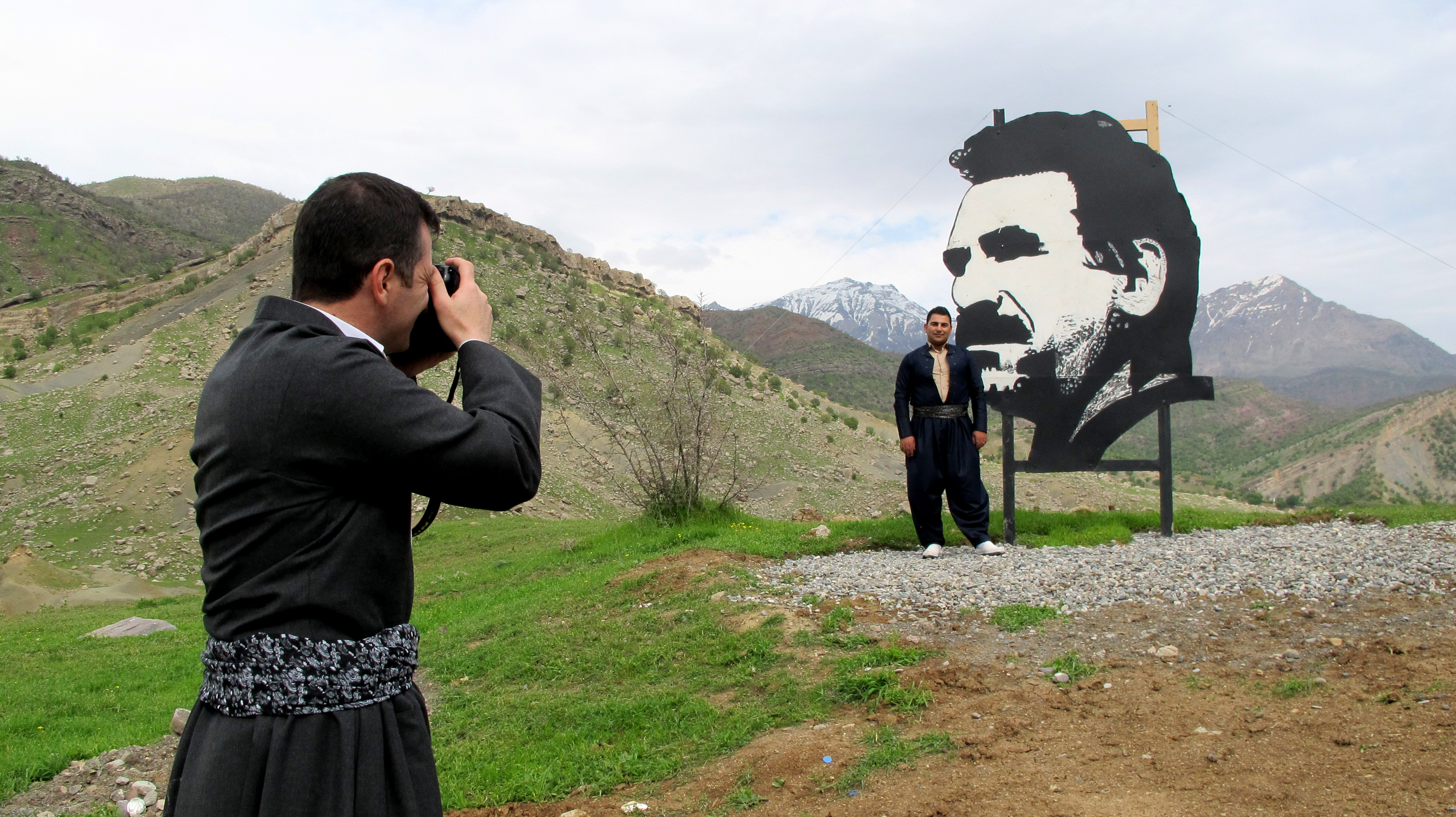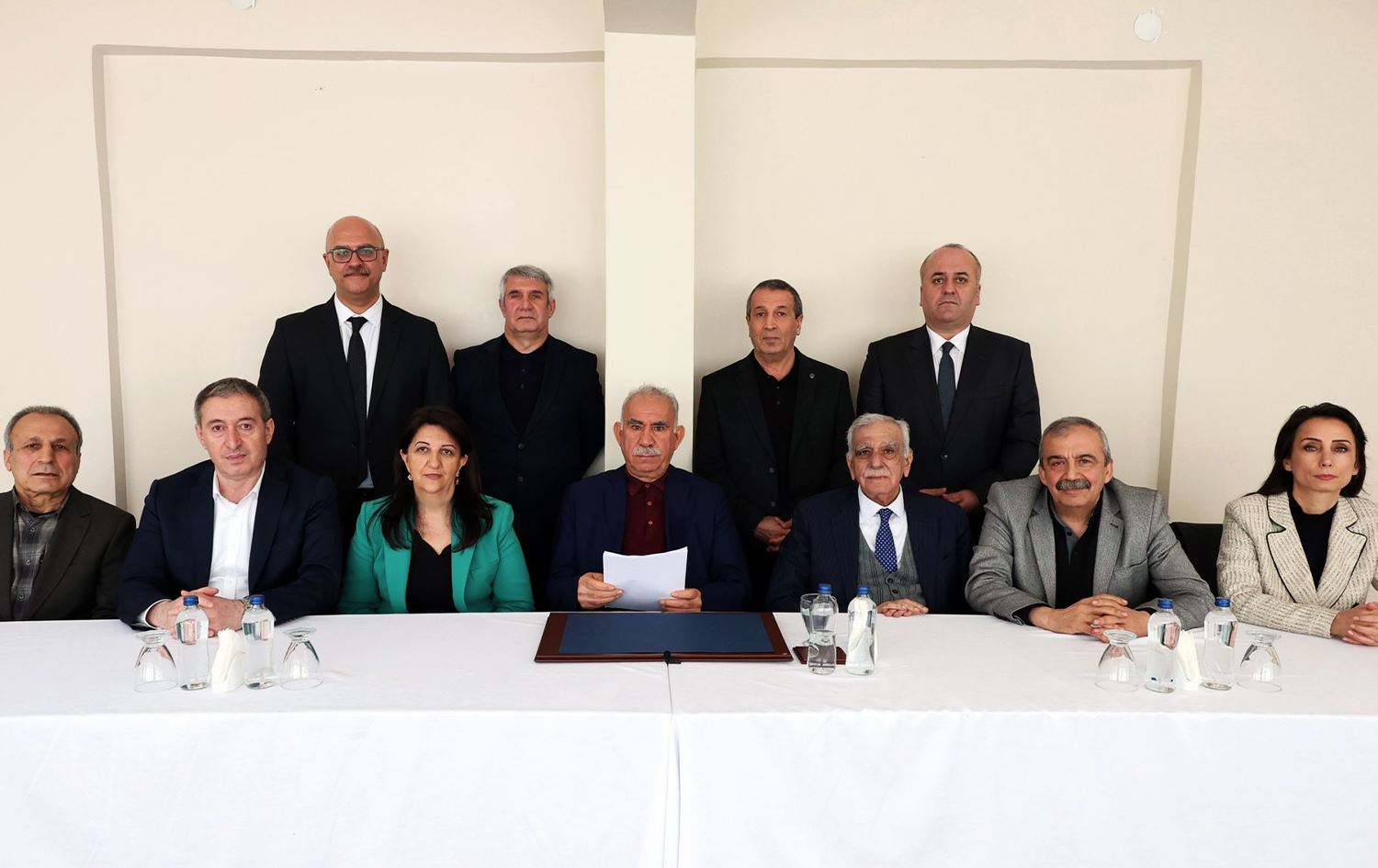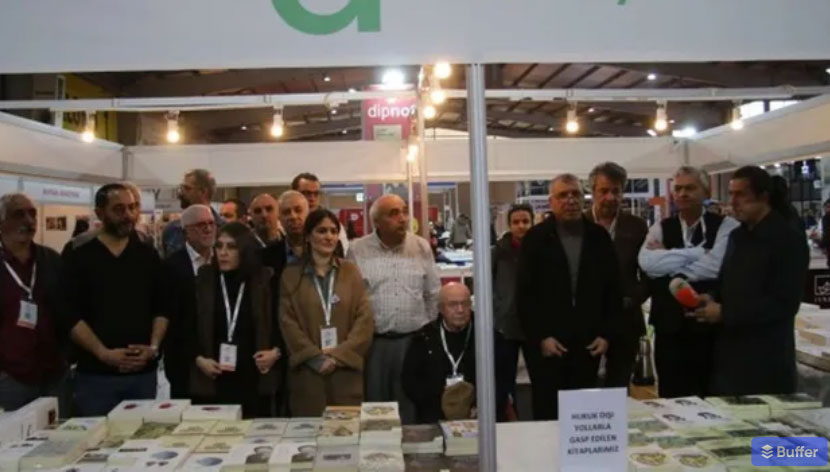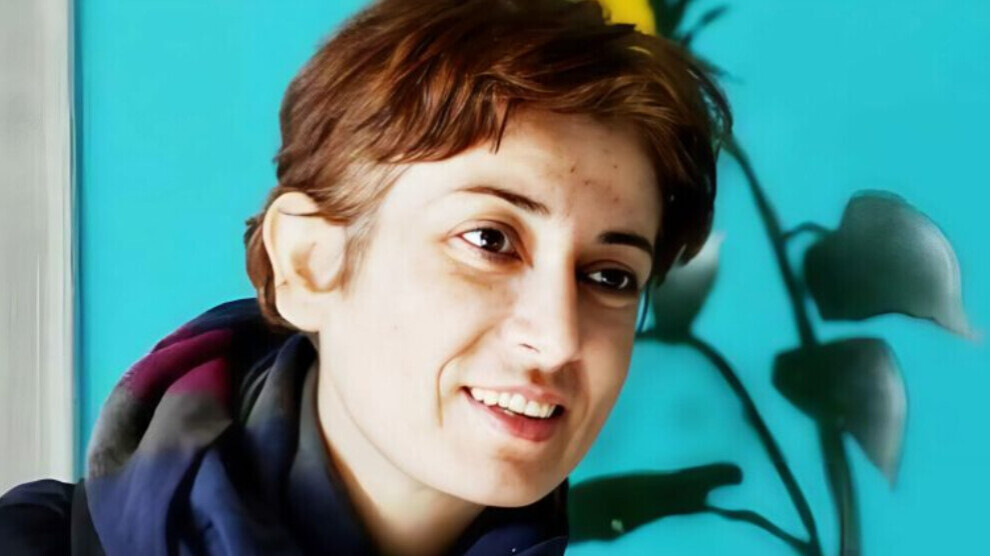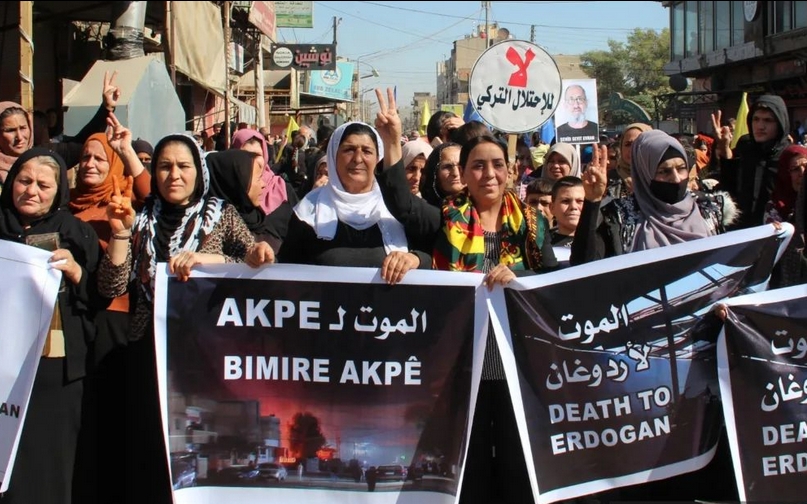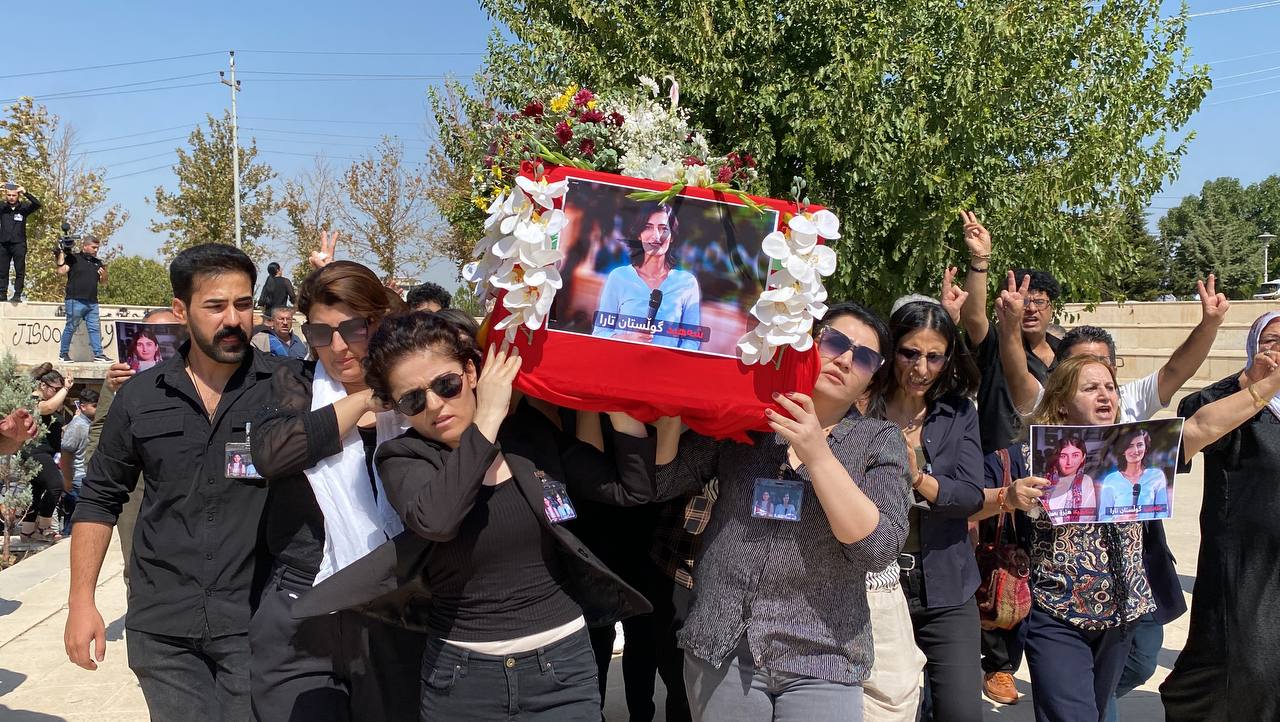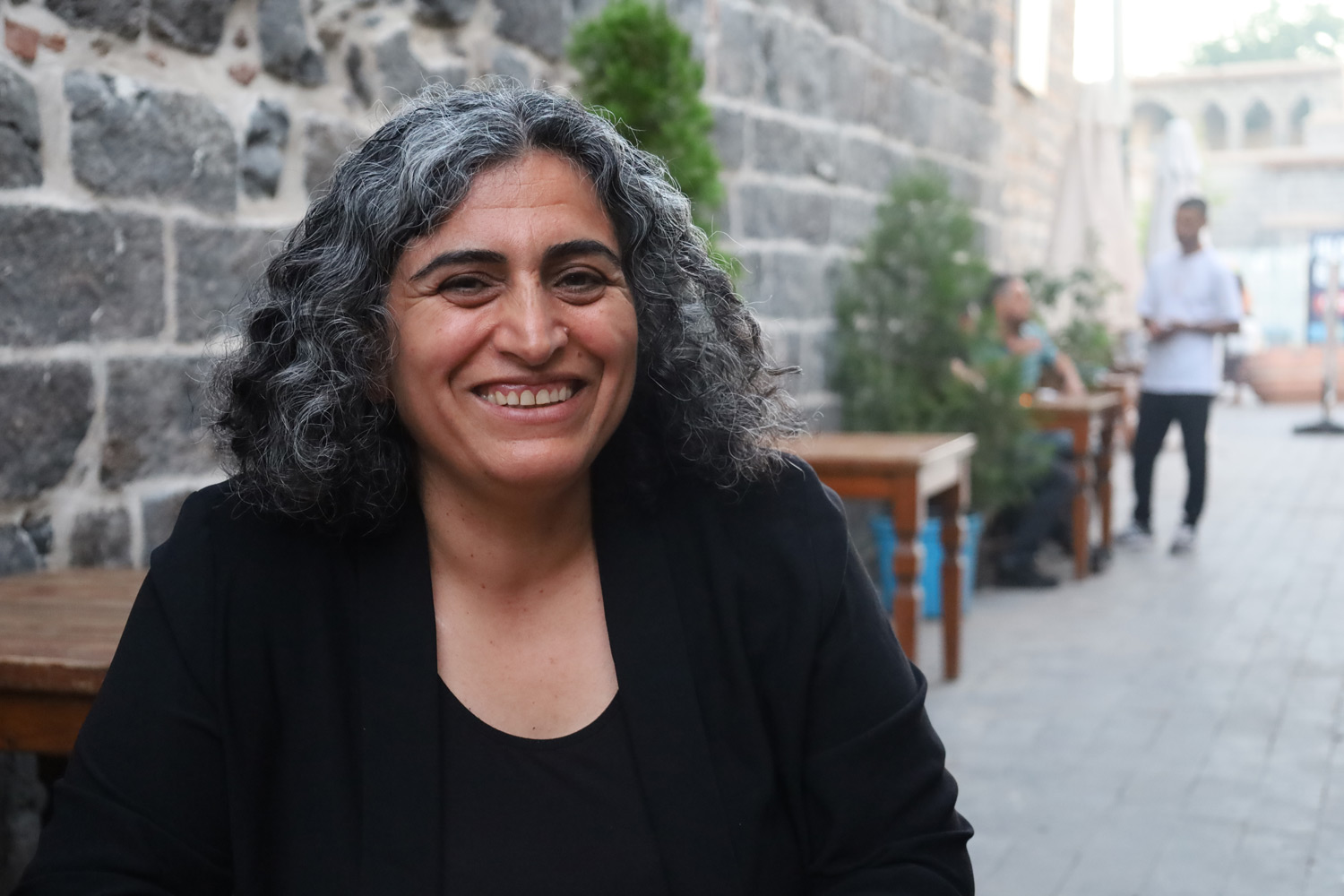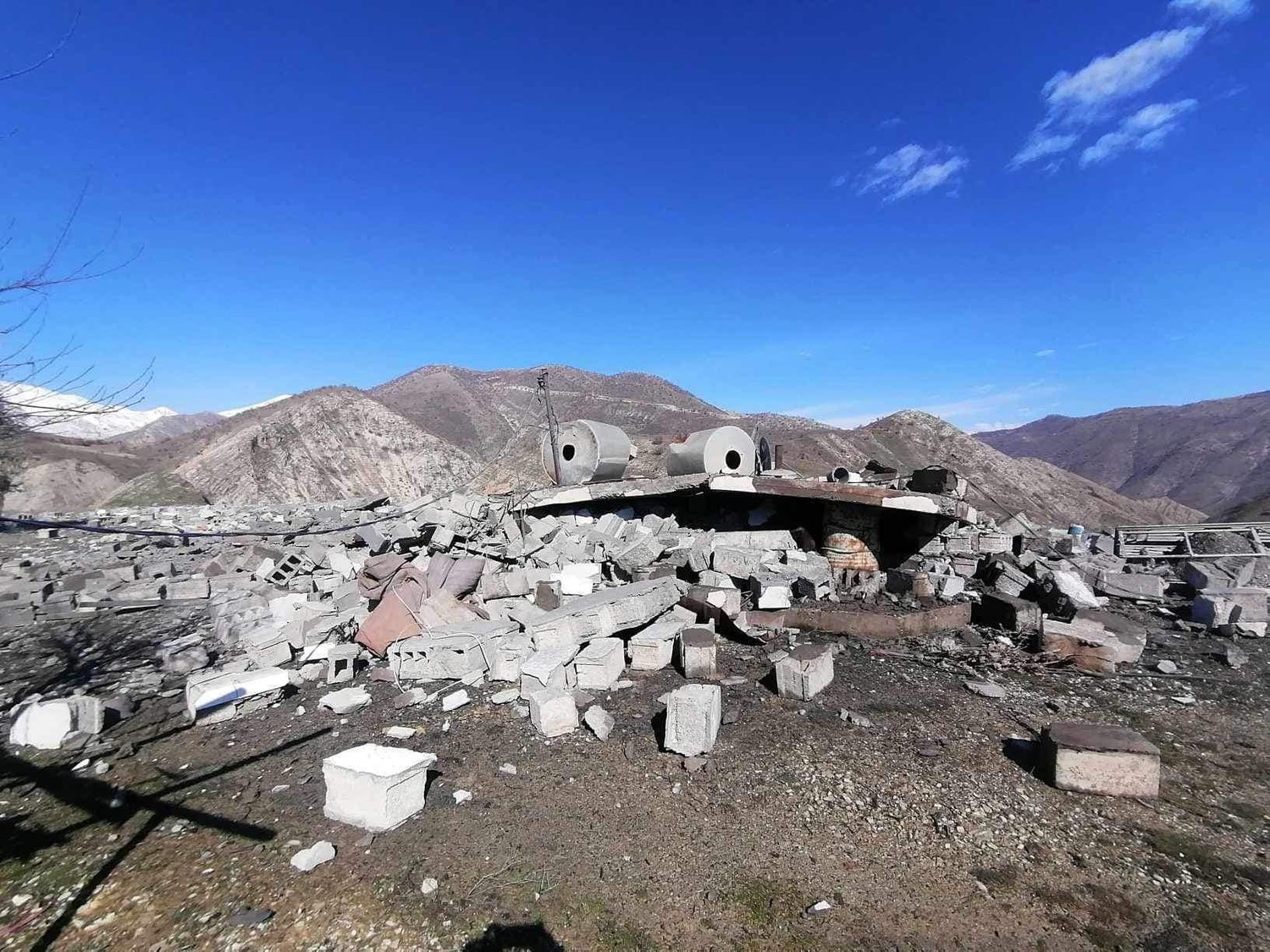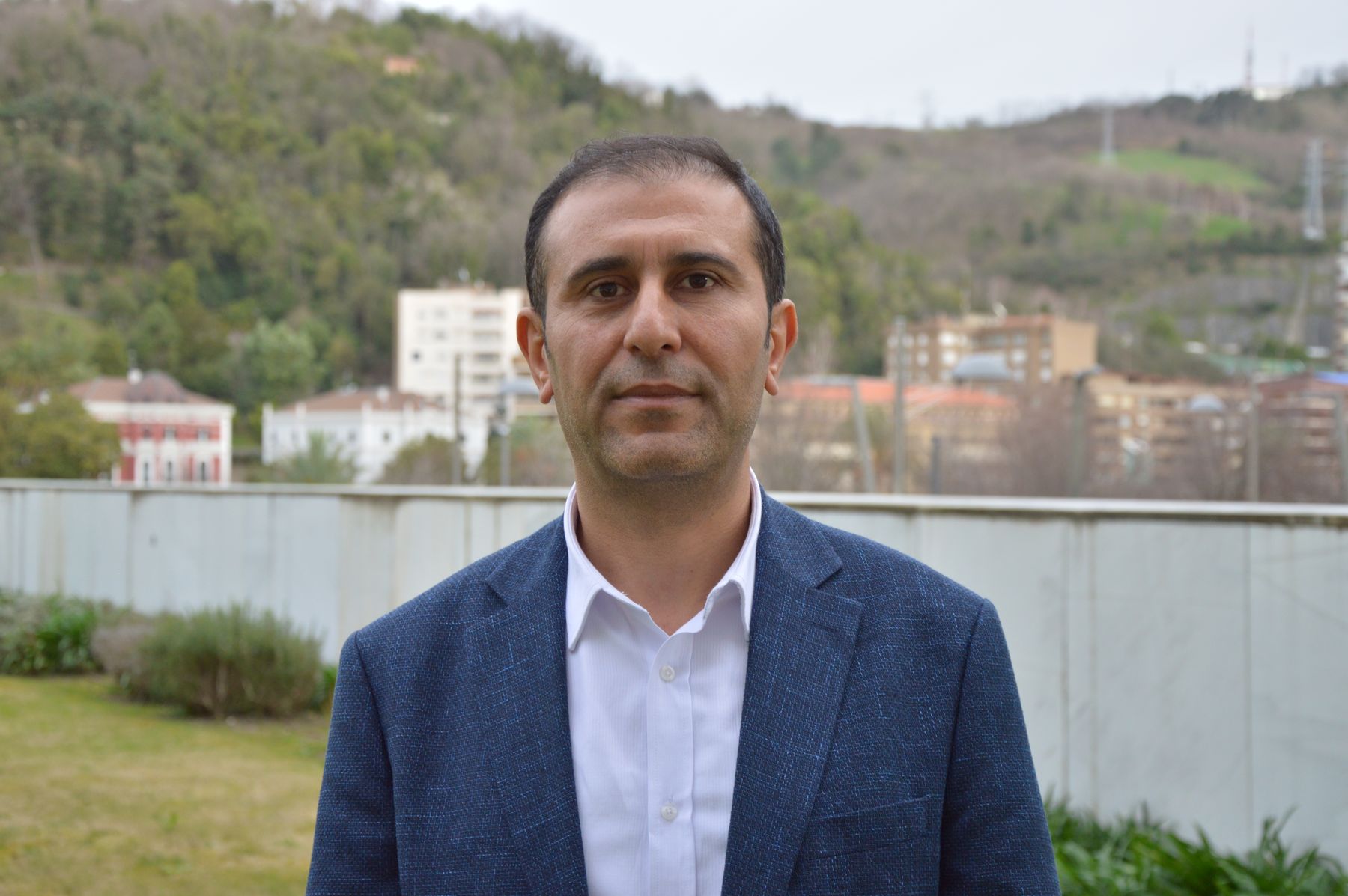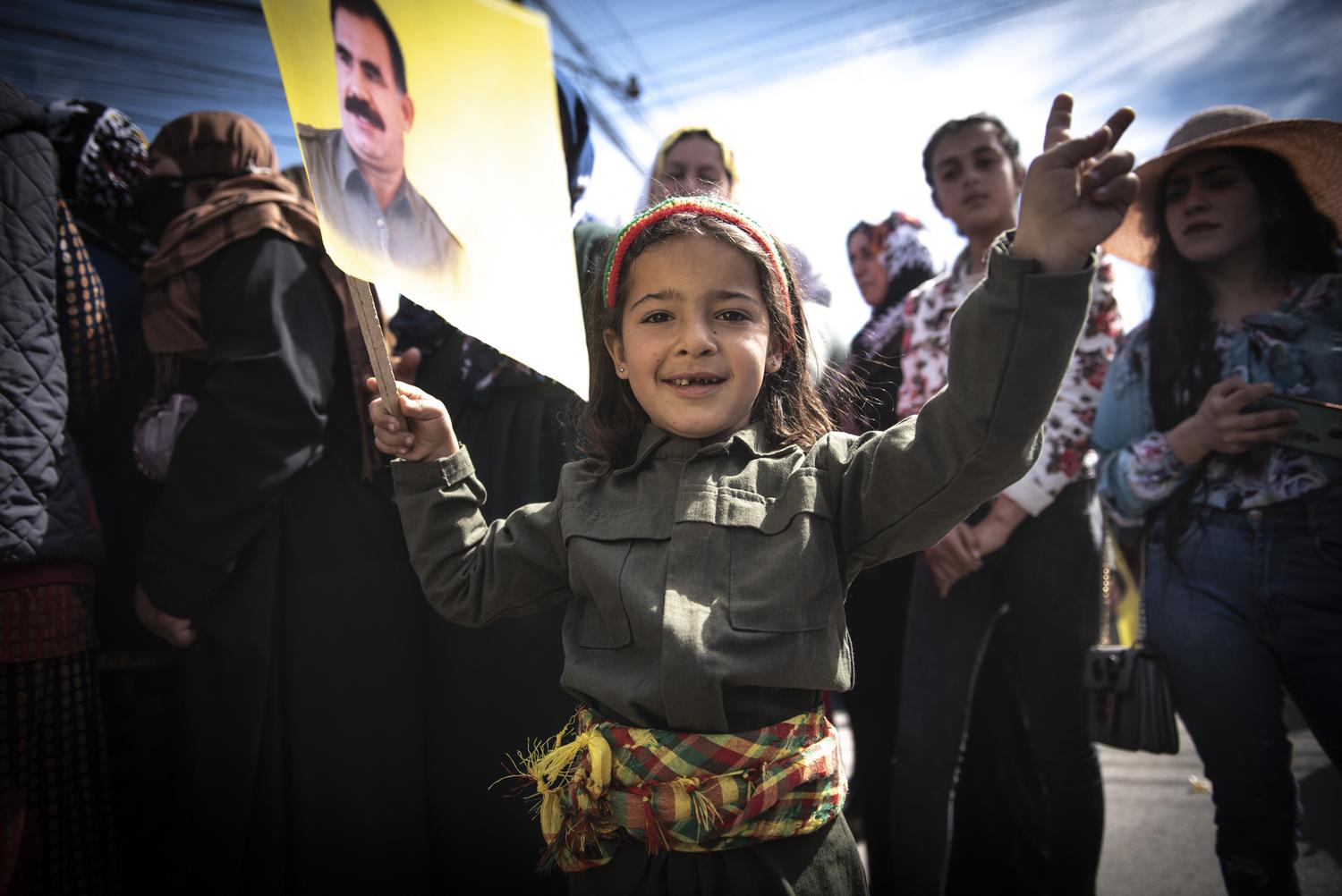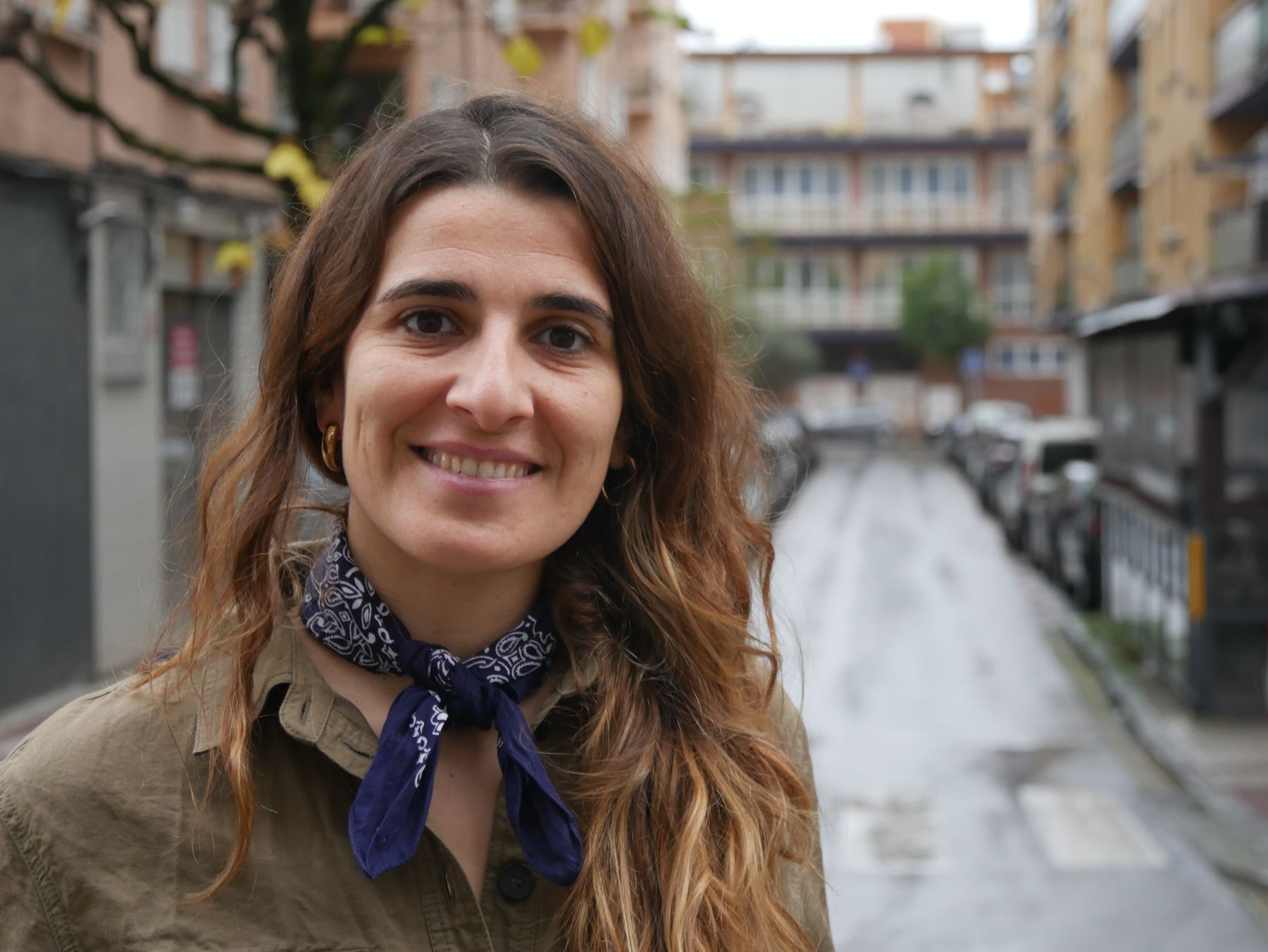"For Turkey, this film is a crime, a mere existence"
- Ersin Çelic and Diyar Hesso are the director and producer of the film For Freedom. After receiving Bronze at the Valencia Show, the film has been screened in the Basque Country in early November and have explained the framework of this project that brings together politics, war and resistance.

You are projecting for freedom in different parts of the world. What does the movie tell?
Ersin Çelic: The HDP, the People’s Democratic Party – a coalition created by the Kurds – achieved great success in Turkey in the elections in June 2015. Recep Tayip Erdogan’s AKP lost votes and was unable to hold a government alone for the first time in the history of training. He then turned his Turkish-Islamist ideology into an ultra-nationalist practice, as Erdogan did not accept the results. No government was formed and new elections were held.
In this interval, the Islamic State killed hundreds of HDP and AKP dissidents in bomb attacks in Diyarbakir, Adana, Suruçe and Ankara. As you know, Daesh was backed from the very beginning by Turkey.
In July the truce between the PKK and the Turkish Government ended and Turkey resumed its military campaign, in which there was no further progress. So great was the attack, that the Kurdish people have seldom known this violence, perhaps twice in their history: they destroyed the cemeteries and gagged the bodies of the people killed in military vehicles and dragged them through the cities.
Conflicts, fighting and resistance were unleashed in dozens of Kurdish villages, in most cases because the police hunted young people. As a result, young people began to organize themselves in their neighbourhoods and districts. Armed volunteer groups YPS – civil self-defense units – appeared, usually composed of young people.
Then Turkey put cities in place, as if it were fighting a foreign army, using artillery and tanks against population groups. In Czi, for example, hundreds of people were burned alive in a basement, after they had had to starve to death previously.
At this time, we are told what happened in the southern district of Diyarbakir.
R. Çelic: Yes, the resistance of the South. To be ashamed of the world, the history of South has been erased, even though the international community is looking. In our territory, the people, culture and faith have been torn apart by violence, without anyone having done anything. The film is a cry against this silence.
The script is based on texts written by the resisters themselves. Those newspapers encouraged us. Çiyager, commander of the tribe, obstinated and ordered that what was going on there be made public. In addition, we had long conversations with four YPS survivors.

Is freedom a way to keep your colleagues alive?
R. Çelic: The oral account is a strong habit in the Middle East and as in the story Mila gau eta bat gehiago, the Kurdish people feel that if they stop telling their story, they will die.
Turkey, which intended also to eliminate resistance from the South, decided no, that this story was going to come to light. In the end, it became a struggle over the story, some wanted to eliminate it and others to get out of the siege.
Diyar Hesso: That struggle is not over, Turkey banned our Twitter account before the end of the film. For Turkey, the mere existence of the film is a crime.
Some of the actors that appear in the film participated in the resistance of the siege, right?
R. Çelic: Yes, Haki and Rubar Shervan Pirata were in the resistance of Sur and the interpretation of their characters was left in their hands. In addition, most of the players have fought against the Islamic State (IS), or have grown up in the war. Of course, they're not professionals, but they've had real experiences and feelings, so we focused on it. In particular, act in front of the camera as they speak and play themselves, as they do in their day to day.
"Wow, sir!" Hesso: The whole movie is based on real people and reality. In fact, we recorded it in Koban, an area that the Islamic State had never conquered. This influenced the film group, to revive the experiences of the South. Many extras, in addition, belonged to this neighborhood and many of the volunteers who worked in the film knew that this story was very similar to the one they had experienced themselves.
.jpg)
He explained that many of the actors that appear in the film are fighters, what has happened to them after the film?
"Wow, sir!" Hesso: They keep fighting. Unfortunately, the story we tell has happened recently and the reality has not changed. The war continues and also the genocide against our people. We have not surrendered, therefore, after the recording, the combatants have to deal with the invasions of the Turkish State and some of them have died.
Dyar Hesso:
“During the attempted genocide, any Kurdish film or song will be an act of resistance”
Rubar Shervan, for example, died fighting in the Kurdistan mountains in Haftanin. Other members of the recording team have also lost their lives fighting in the mountains, for example, the friends who prepared the special effects and explosions.
One of the creators of the Rojava Common Cinema, Mazdek Ararat, died as a result of a car accident in which he was travelling. This accident took place after Turkey occupied the roads of northern Syria, so the Turks are forced to use dangerous routes.
After the screening of Bilbao, you told an anecdote as curious as it was terrible about the tanks that appear in the film, please explain it to me?
"Wow, sir!" Hesso: All the tanks and armed vehicles in the film were removed by YPG and YPJ to Islamic State forces at the Battle of Koban and later. Daesh had many weapons, because when he invaded Mosul they were there. The Kurdish people did not have such a thing.
Therefore, those who had been obtained in the battles were used on the front. On the other hand, there were damaged military vehicles that could not be used on the front line. We painted them and took advantage of them to appear in the movie.
One day, the tanks moved from one place to another and suddenly stopped. In addition, the barrel of the tank stared at Turkey on the border with Turkey. Soon the drones appeared, and we had to flee. The recording was canceled for two days, because we thought they were going to bomb us.
On the other hand, the police equipment seen in the film – protections, helmets, gowns… – belongs to the Syrian Regime. When the government left Kobane all the material remained there, and since we did not use that material against the people, we painted it in black to make it look like the one used by the Turkish police. It's been easy to look the same, it's the same logic as authoritarian regimes, so their tools are the same.
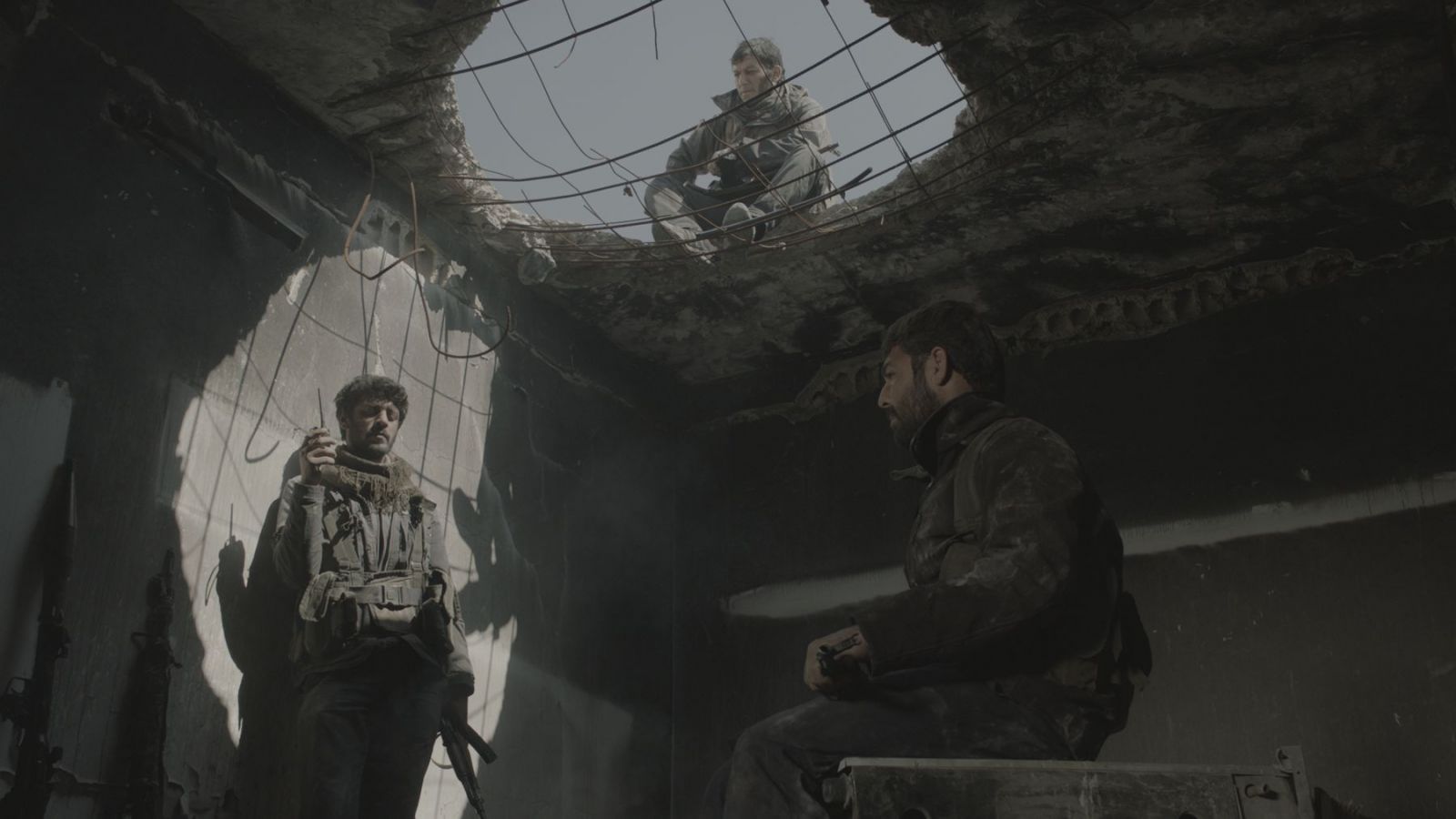
You have not had much money, but the public has said that it is a very professional production in favour of Freedom. What financial resources have you had?
"Wow, sir!" Hesso: Making a movie is expensive and in Rojava we don't have money for it. It is true that we have had the subsidy from the North and East Administration, namely the Art and Culture Committee. Unfortunately, however, because of the war situation in our territory, it has been easy to make such films. We have broken cities, weapons and military vehicles. In addition, those who have appeared as extras, the actors and almost all the groups have known what war is and have worked because they believe in the project, just in exchange for food.
With all that you have said, it is clear that the film is not just an exercise in art, it is also a political tool.
R. Çelic: The reason is very simple. We cannot act as if there were no fascism or war. If art says “I am neutral” where there is fascism and genocide, it will be absurd and absurd.
"Wow, sir!" Hesso: During the trial of physical and cultural genocide against the Kurds, any action of resistance will become a Kurdish film or song.
In any case, this is not only a political exercise supported by the Kurdish movement, but also an art that promotes the awareness of Kurdish society. We are affected by the socio-political situation, but we are also active agents.
The movie has a lot of actions, but that's superficial, right?
"Wow, sir!" Hesso: That's right. In Rotterdam, we met a Dutch woman who was a doctor and a film lover. We talked a little bit, and he was interested in watching the movie. He came to the screening the next day. When he finished, he cried and told us: “I intended to bring my nephew, but I thought the war movie wouldn’t be suitable for violent images, because he’s only 13 years old. But now I regret not having brought it, because what I have seen is not about war, but about friendship and human relations.”
We wanted to record fights, but also small moments. Those little moments tell you everything: who the wrestlers were, why they did it and what was important to them.
Lurrikara geopolitiko bat astintzen ari da Ekialde Hurbileko mapa. Anabasaren erdian, Abdullah Öcalanen bakerako azken deiak mahai gainean jarri du eskualdeko gatazka armatu zaharrena. Ez, aurrekariek ez diote bide ematen itxaropenari, eta historiaren trena inoiz baino... [+]
SDF kurduek gidatutako koalizioak eta Siriako Gobernuak su-etena adostu dute. SDFk Siria ekialdeko eta ipar-ekialdeko eremu zabala kontrolatzen du egun, eta hitzarmenak jaso duenez, gobernuaren esku geratuko da orain.
Abdullah Öcalan buruzagiak PKKri otsailaren 27an eskatu zion armak uzteko. Taldeak egin duen adierazpenean babes osoa agertu dio buruzagiari eta Öcalanek eskatutakoa betetzeko konpromisoa adierazi du.
Urteak iragan dira bere azken argazkia ikusi zenetik. 26 urte daramatza preso Abdullah Öçalanek Turkiako Imrali uhartean, "erakunde terroristako" buruzagitza egotzita. Ostegun eguerdian bere bideo bat ez, baina argazki berri bat zabaltzeko baimena eman du... [+]
Turkish helicopters and fighter aircraft cover the sky in the Kurdish area in northern Iraq. The Turkish Air Force has bombed 381 sites in the major military operation in recent weeks in the Kurdistan Autonomous Region (DRC). The Turkish Ministry of Defence has stated that "the... [+]









